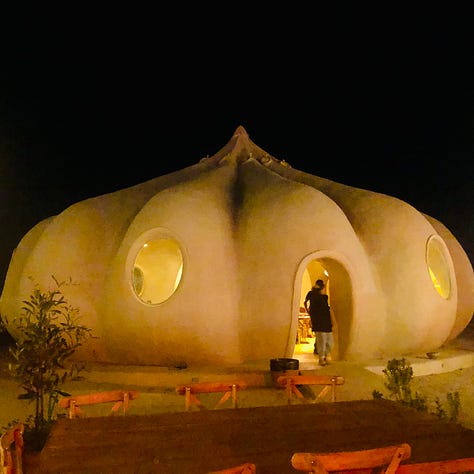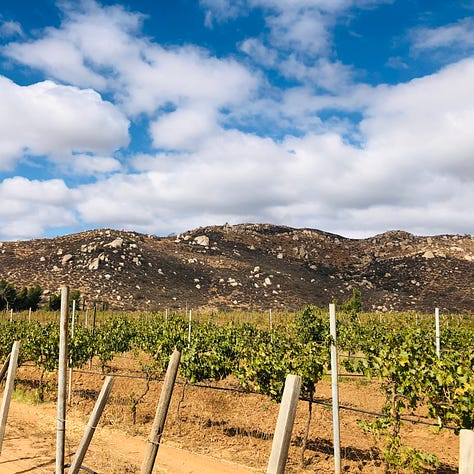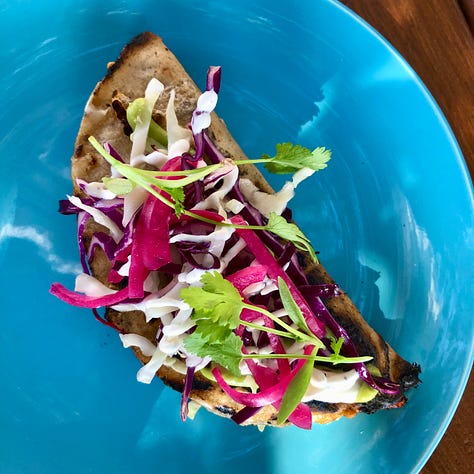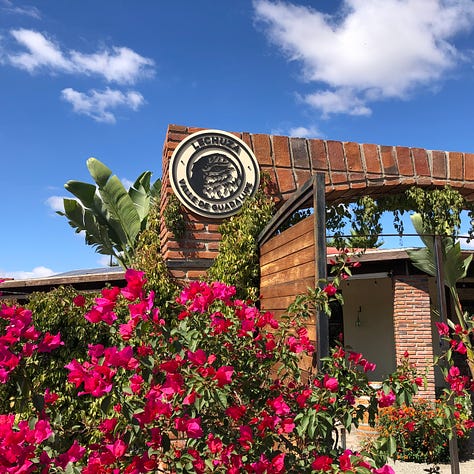The Mystery of Nebbiolo de Baja
Is Valle de Guadalupe's signature grape the same as that of Italy's famed Barolo? Maybe, maybe not. Also, a practical travel guide to the region.






First things first, on this December day, let’s picture you drinking wine in sunny Baja. As I mentioned here last week and in my recent feature for San Diego Magazine, I absolutely loved my visit to Valle de Guadalupe wine region in Baja this fall.
If you’ve never been, I strongly recommend that you make a wine and food journey to this part of Mexico. Va…


